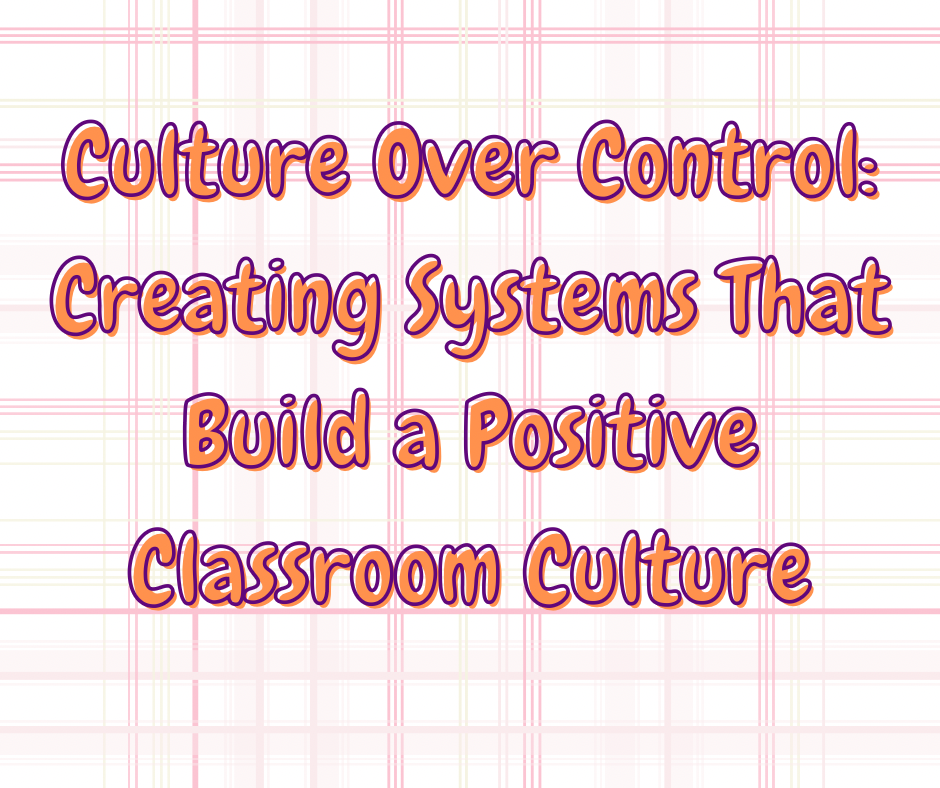
Culture Over Control: Creating Systems That Build a Positive Classroom Culture
Your classroom culture sets the tone for everything, from behavior to engagement to how students treat each other. A strong culture doesn’t happen by accident. It’s built through systems that teach, reinforce, and celebrate the values you want your students to embody.
